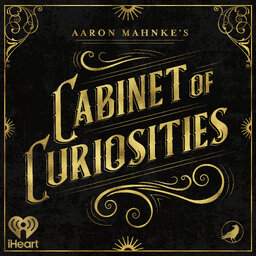Toot Toot
Have you ever stopped to think about some of the utterly amazing jobs a few people have been able to have over the years? If not, these two stories will show you just how curious they can be.
Learn more about your ad-choices at https://www.iheartpodcastnetwork.com
 Aaron Mahnke's Cabinet of Curiosities
Aaron Mahnke's Cabinet of Curiosities


